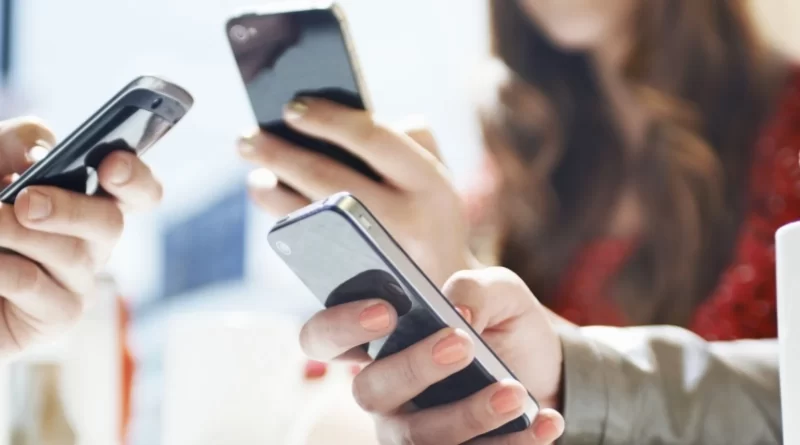One Tech Tip: Wasting Too Much Time on Social Media Apps? Tips and Tricks to Curb Smartphone Use
LONDON (AP) — If you have a smartphone, you’re probably spending way too much time on it — checking Instagram, watching silly TikTok videos, sending WhatsApp messages or doomscrolling on X.
It can be tough to curb excessive smartphone and social media use, which are inherently addictive. Reducing your screen time is often more than just a matter of willpower, especially for younger people whose brains and impulse control are still developing.
An easy first step is getting rid of any apps you’ve been wasting time on.
Over the past year, I’ve deleted Facebook, Instagram and Twitter from my phone because I wanted to use them less. Now and then I’ll have to go the app store and reinstall one because I need to do something like post a photo I took on my phone. (Sometimes I’ll transfer the photo to my laptop and then post it to the web from there, but usually, it’s too much hassle.)
The danger with this approach is that if you do reinstall the app, you won’t bother deleting it again.
Both iPhones and Android devices have built-in controls to manage screen time. Parents can also use them to manage their children’s phone usage.
Apple’s Screen Time controls can be found in the iPhone’s settings menu. Users can set a general downtime, which disables all phone activity for a set period of time. If you want a night off from your phone, you can set it to run from, say, 7 p.m. to 7 a.m.
The controls also allow users to set a general limit for certain categories of apps, such as social media, games, or entertainment, or focus on a specific app by limiting the time they can spend on it. Too distracted by Instagram? Set it so you can only use it for 20 minutes a day.
The downside is that the limits aren’t hard to get around. They’re more of a nudge than a red line that you can’t cross. If you try to open an app with a time limit, you’ll get a pop-up menu with the option to use it for another minute, a reminder after 15 minutes, or to ignore the app entirely.
Android users can go to their Digital Wellbeing settings, which include widgets to remind users how much screen time they’ve had. There’s also the option to create separate work and personal profiles, so you can hide your social media apps and their notifications when you’re in the office.
Don’t get distracted
There are other little tricks to make your phone less distracting. I use Focus Mode on my iPhone to mute notifications. For example, if I’m in a meeting somewhere, I mute the sound until I leave that location. Android also has a Focus Mode to pause distracting apps.
Change your phone’s screen from color to grayscale so it doesn’t look so bright. On iPhones, adjust the color filter in your settings. On Android, turn on Bedtime Mode or adjust the color correction setting.
Android phones can also nudge users away from looking at their phones while walking by activating the Heads Up feature in Digital Wellbeing.
Block those apps
If the built-in controls aren’t enough, there are plenty of third-party apps like Jomo, Opal, Forest, Roots, and LockMeOut that are designed to reduce screen time.

